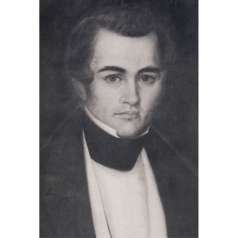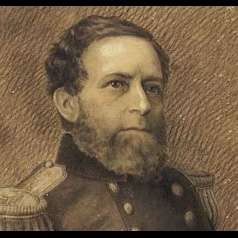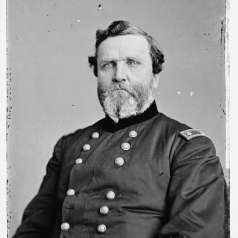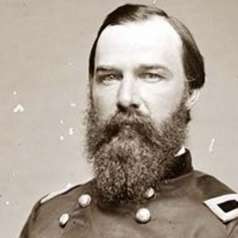
During the Civil War, a group of African American women in Murfreesboro presented a flag to the Thirteenth U.S. Colored Infantry Regiment, first organized in Murfreesboro in July 1863 as the Second U.S. Infantry Regiment (Colored) and later designated the Thirteenth Regiment, United States Colored Troops (USCT). An Alabama regiment captured the flag at the Battle of Nashville in December 1864. The creation of this regimental flag by African American women signified the tremendous changes taking place in Middle Tennessee. President Lincoln’s Emancipation Proclamation, effective January 1, 1863, authorized the recruitment of black soldiers for the Union cause. White women had been making regimental flags since the war began, and black women responded similarly once military service was an option for their male relatives. Women usually presented flags to regiments at formal ceremonies to send off the troops. The Murfreesboro women sewed their collective name into the flag as the “Colored Ladies of Murfreesboro.” Union occupation after the fall of Nashville in February 1862 served as a catalyst for enslaved men and women to leave and seek freedom behind Union lines. Numerous observers, including Murfreesboro businessman John Spence, commented on the presence of women and children among the former slaves who came to town. Women and girls learned to read at new schools established for former slaves, and women sought employment with the army and with local residents. At a Fourth of July celebration in 1864, a young African American woman dressed in the stars and stripes gave a speech about the causes and consequences of the war. It is not clear exactly when the women presented the flag to the Thirteenth. The Thirteenth was heavily engaged at the Battle of Nashville, including a deadly assault on the strong Confederate defenses on Overton Hill on December 16, 1864. At least five members of the color guard were shot down trying to get their flag on top of the Confederate parapet. In 1905, veterans of the Eighteenth and Thirty-Sixth Alabama regiments differed in the Confederate Veteran magazine over which regiment had captured the flag more than 40 years earlier.
Tools
Key Facts
- The flag symbolized significant social and military changes as black soldiers were recruited to serve the Union





